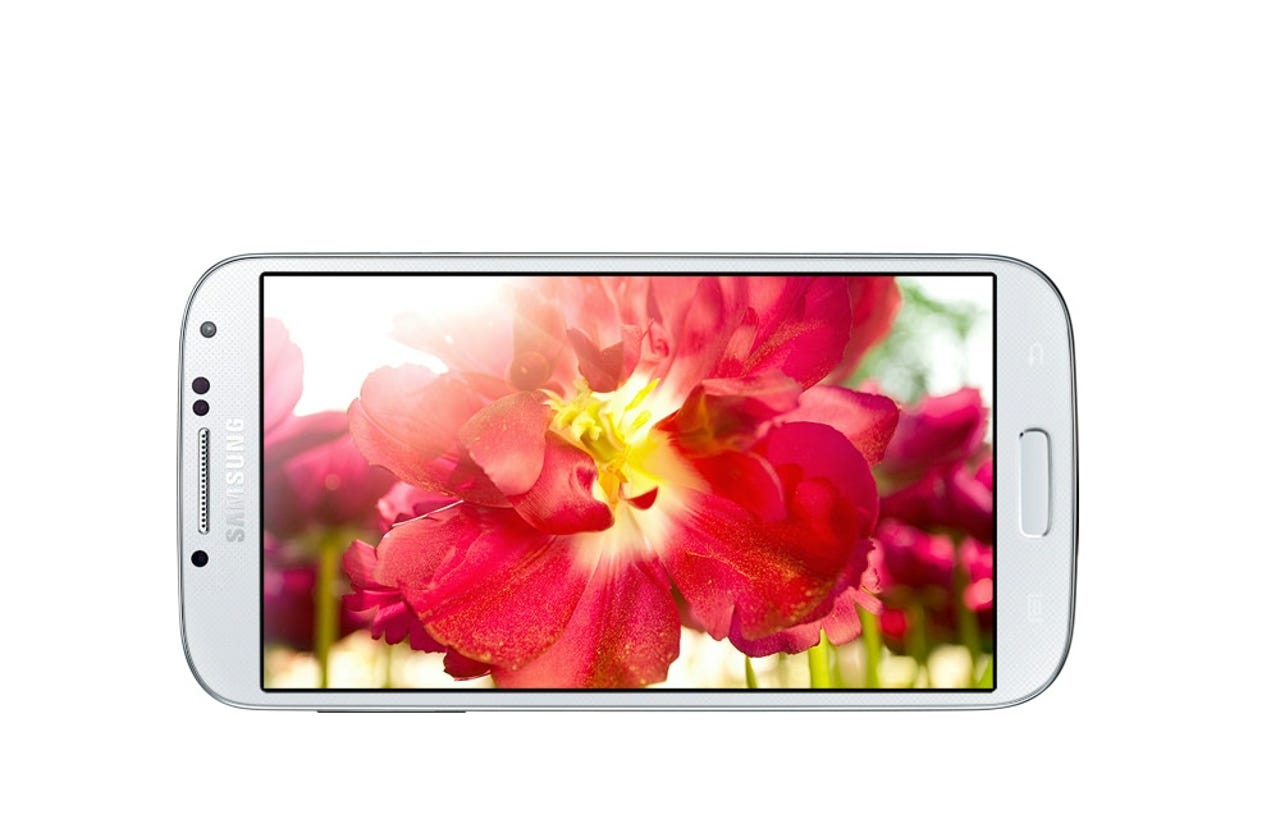Riding Samsung wave, AMOLED tech surges in Q2


Global shipments of active-matrix organic light-emitting diode, or AMOLED, display panels grew 16 percent in the second quarter of 2013, according to new research from the firm IHS, bringing total shipments from 45.6 million units last quarter to 53.1 million units in Q2.
Year over year, the growth is even more significant: 41 percent.
The boost comes courtesy of Samsung, which is both the largest producer and largest consumer of the technology. The company has included AMOLED displays in many of its high-end smartphones, including its flagship Galaxy S4, "driving the rapid growth of the small-sized AMOLED market," IHS's Vinita Jakhanwal says. As such, it's "responsible for most of the supply and demand for the panels."
The biggest single use of the technology is in the Galaxy S4, which accounts for 10 million five-inch panels per month, IHS says. The preceding model, Samsung's Galaxy S III, takes second place with a 4.8-inch panel.
Smartphones account for 97 percent of all AMOLED display use. In addition to Samsung devices, the display technology is present in Nokia's Lumia 900 and Motorola's flagship Razr model.
AMOLED technology is favored because of its clarity, light weight and high contrast ratio over technologies such as low-temperature polysilicon, or LTPS. The most prominent holdout of the technology is Apple, which has resisted using its strongest mobile competitor to supply the displays for its iPhone.
According to IHS figures, the average size of panels is gradually increasing, as is the price per inch, due to demand. Despite the popularity of smartphones, though, OLED represents a sliver of a display market that is dominated by conventional liquid crystal display, or LCD, technology.